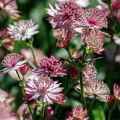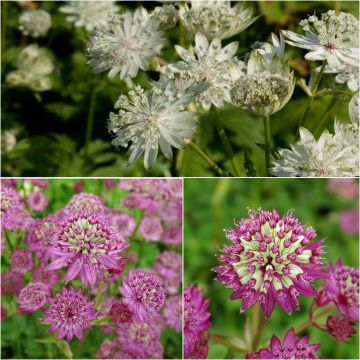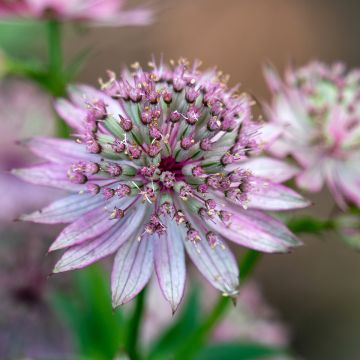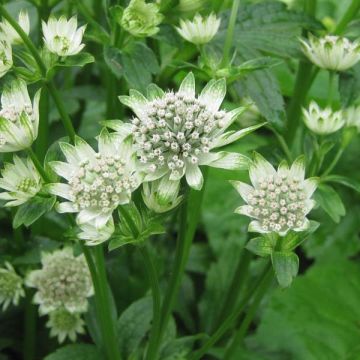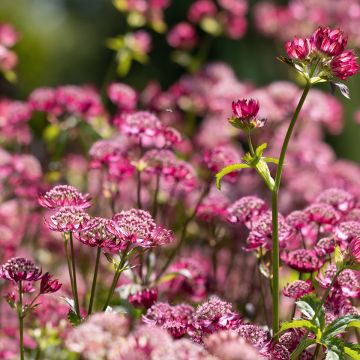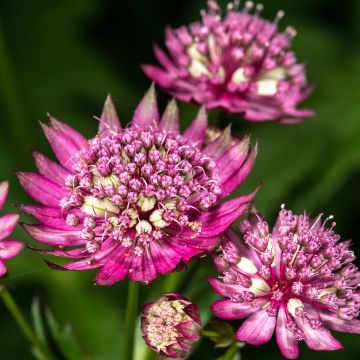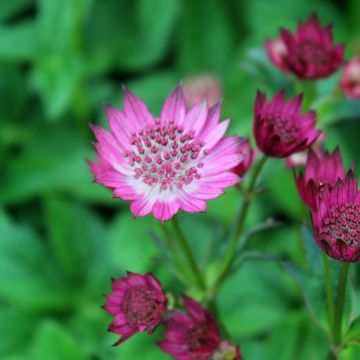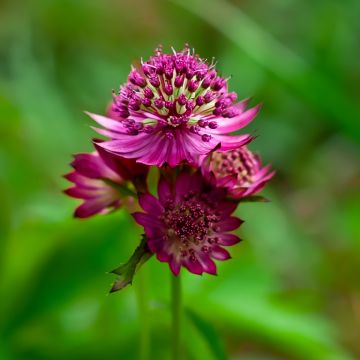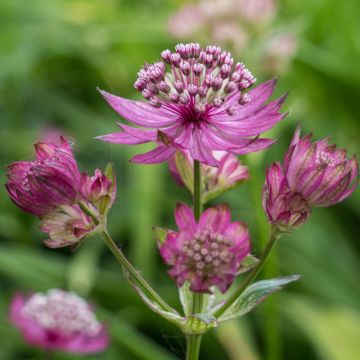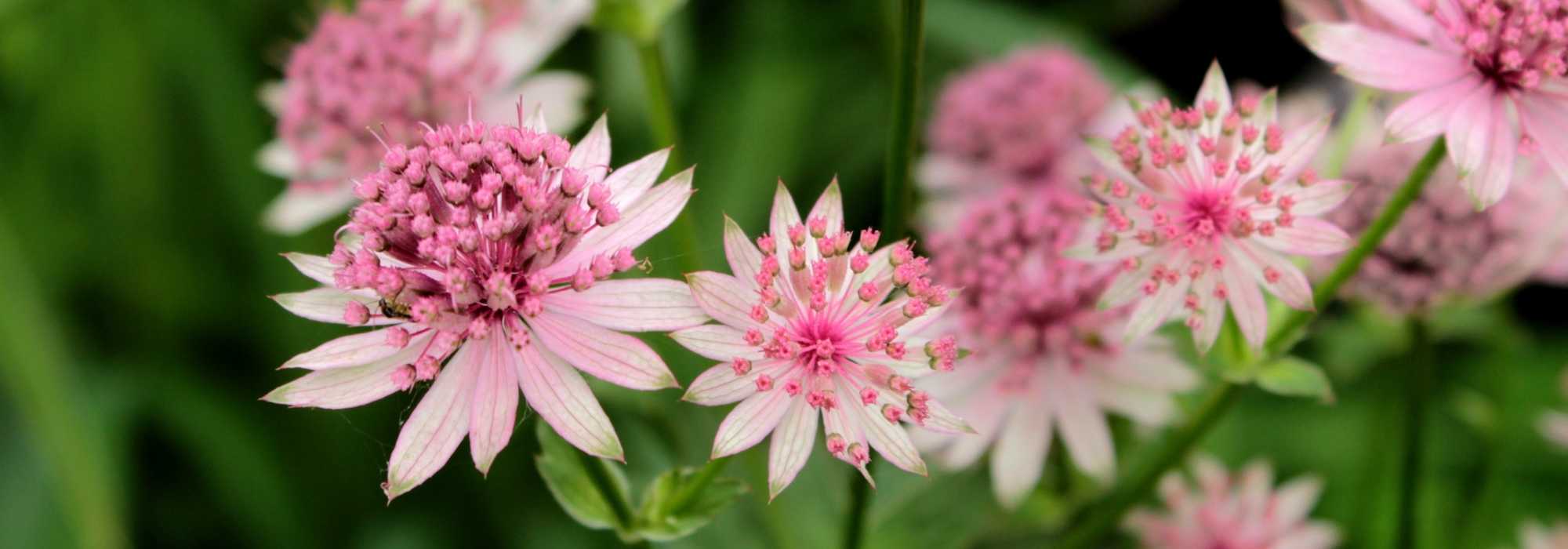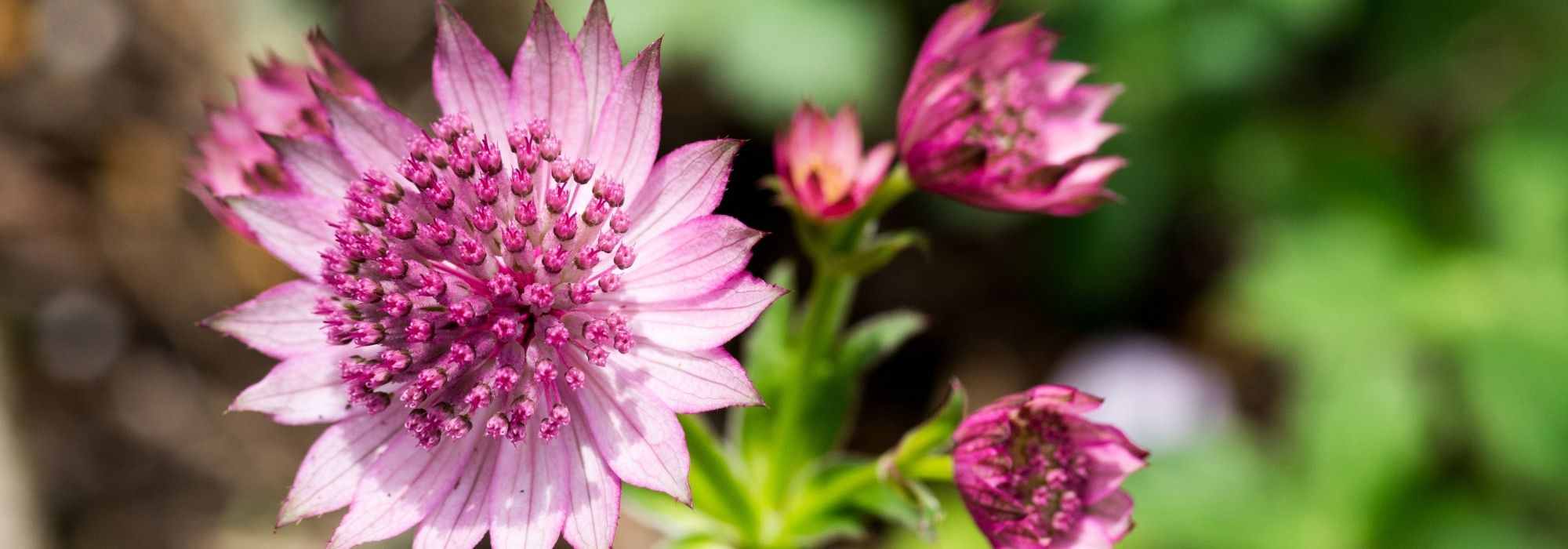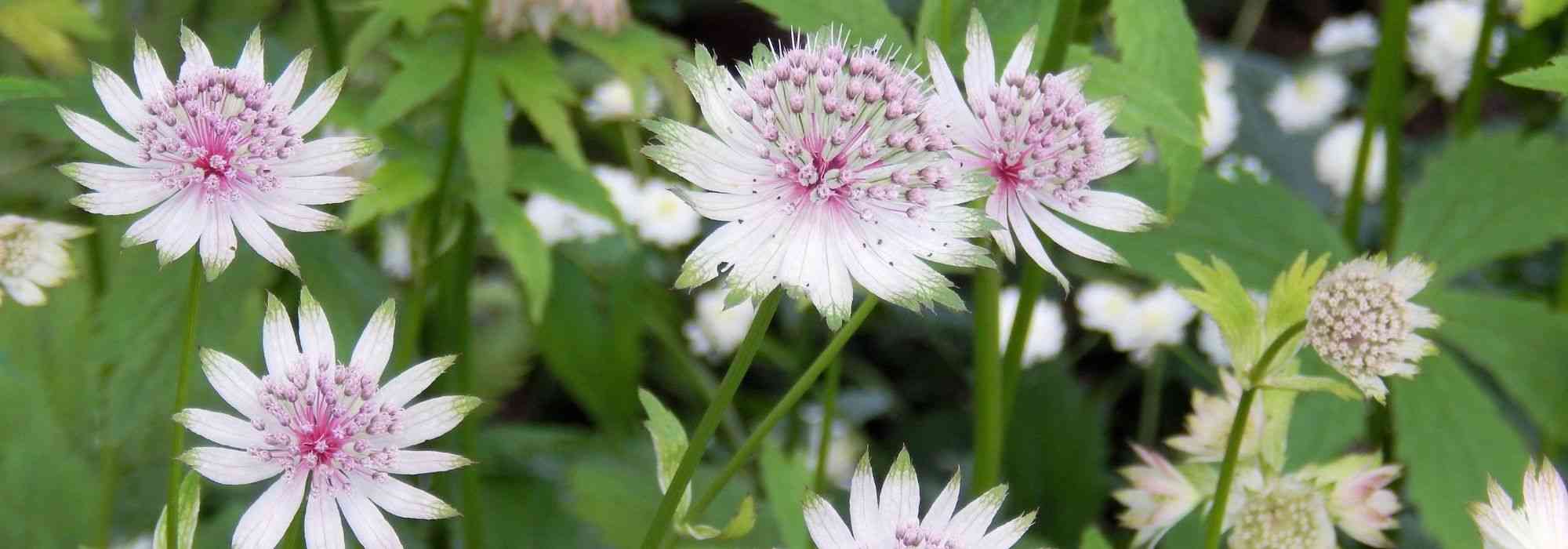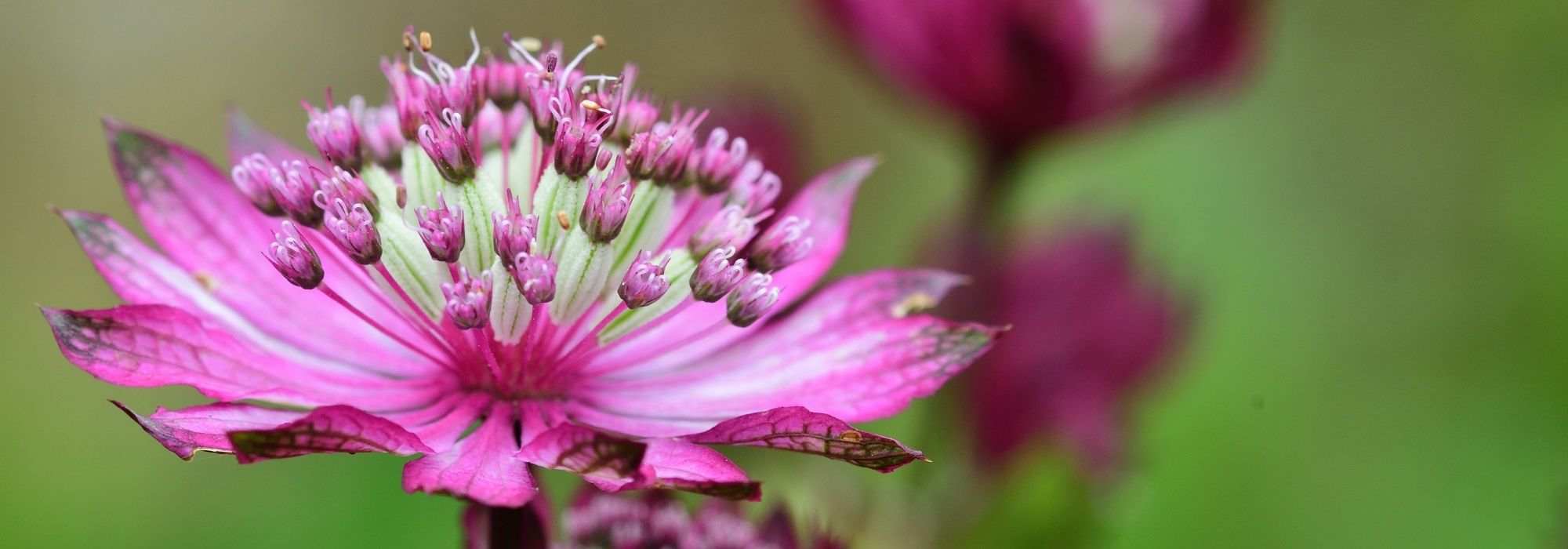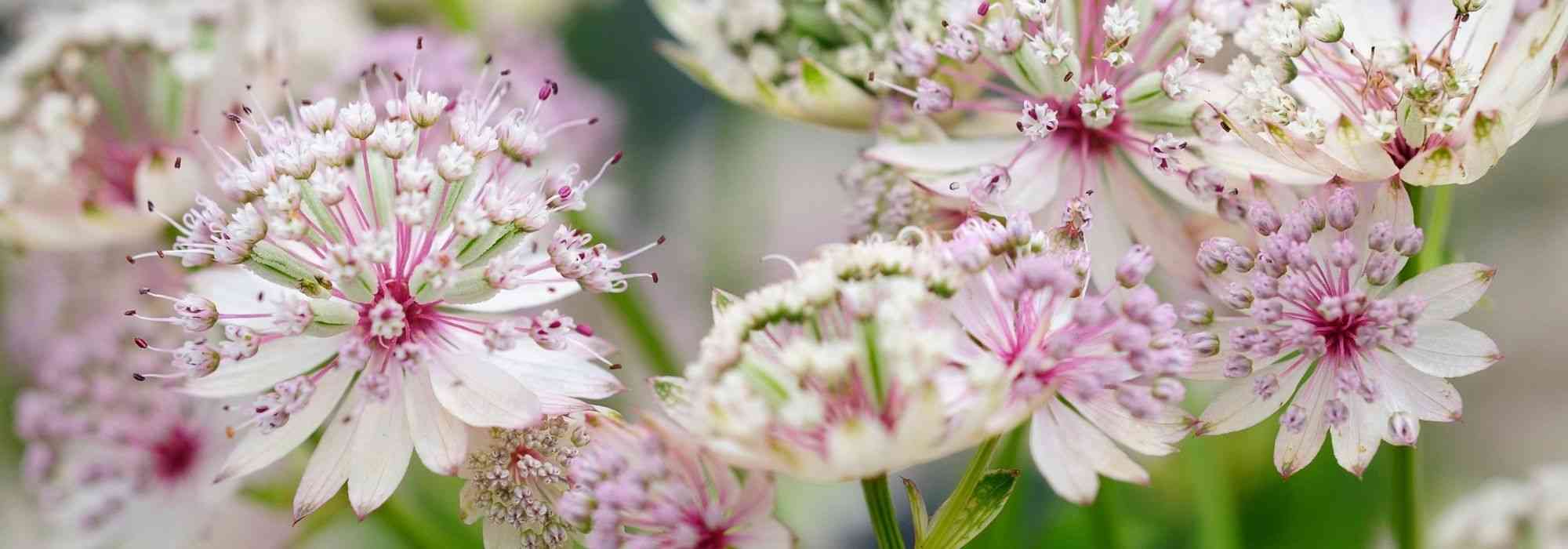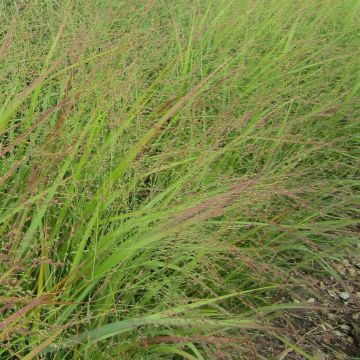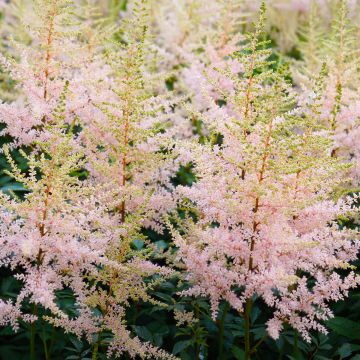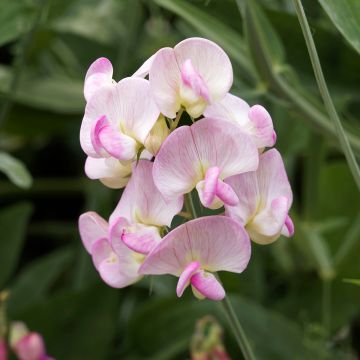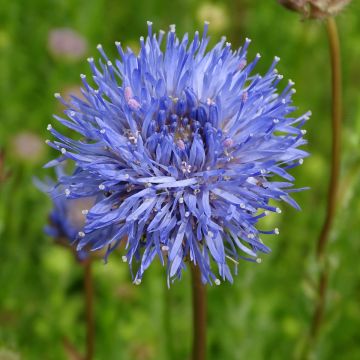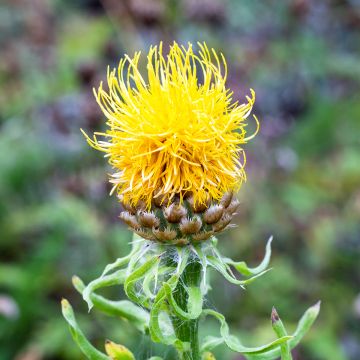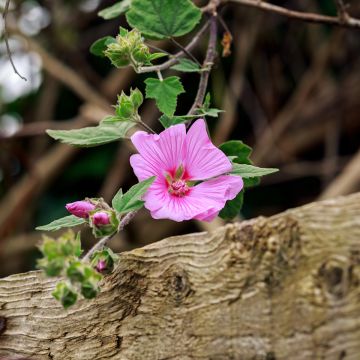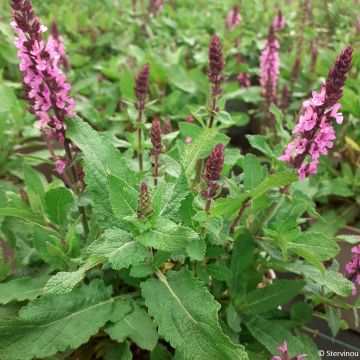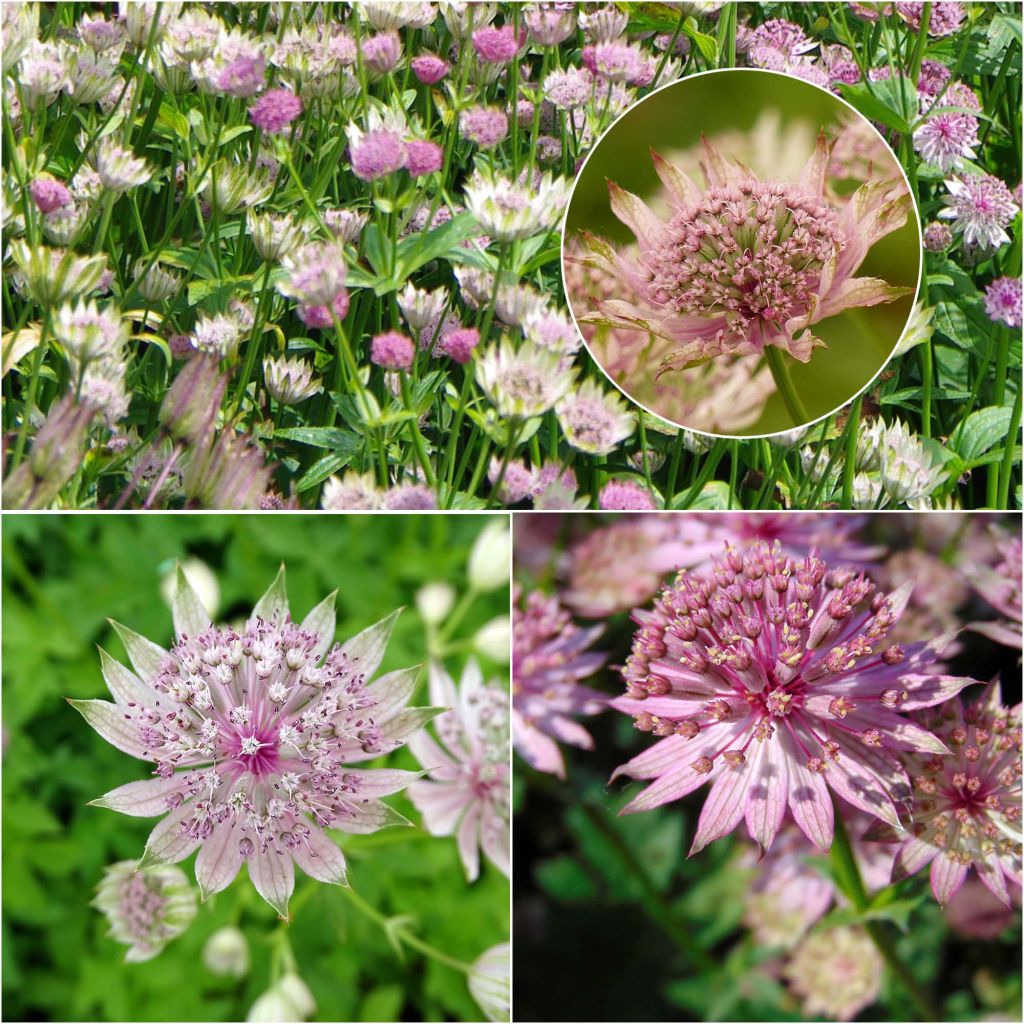

Collection of Three Pink Astrantia major
Collection of Three Pink Astrantia major
Astrantia major Pink Pride, Pink Sensation, Roma.
Great Masterwort
The plants are really small, not a single one has any leaf!
ANNE, 09/03/2019
Special offer!
Receive a €20 voucher for any order over €90 (excluding delivery costs, credit notes, and plastic-free options)!
1- Add your favorite plants to your cart.
2- Once you have reached €90, confirm your order (you can even choose the delivery date!).
3- As soon as your order is shipped, you will receive an email containing your voucher code, valid for 3 months (90 days).
Your voucher is unique and can only be used once, for any order with a minimum value of €20, excluding delivery costs.
Can be combined with other current offers, non-divisible and non-refundable.
This plant carries a 12 months recovery warranty
More information
We guarantee the quality of our plants for a full growing cycle, and will replace at our expense any plant that fails to recover under normal climatic and planting conditions.
Would this plant suit my garden?
Set up your Plantfit profile →
Collection items (3 plants)
Description
The collection consists of:
- x 1 Astrantia Pink Pride, with lively flowers in a soft pinkshade.
- x 1 Astrantia Pink Sensation, with large umbels, up to 5 cm (2in), of very pale pink flowers surrounded by pearly white bracts with pink reflections and green tips.
- x 1 Astrantia Roma, lovely like a heart with its dark pink flower umbels, surrounded by lighter bracts in a fresh pink.
These perennial plants are derived from Astrantia major, a robust alpine species in the Apiaceae family (formerly known as Umbelliferae). From spring onwards, they form a clump of large palmate leaves with prominent veins, measuring 40 cm (16in) in all directions, from which tall, rigid stems of 60 cm (24in) in height emerge carrying the flowers. The flowering renews from June to September. Each inflorescence, in an umbel 3 to 5 cm (1 to 2in) wide depending on the varieties, is composed of dozens of small flowers surrounded by a collar-like involucre of large shiny bracts.
Easy to grow in ordinary, damp and not too compact soil, Astrantia major thrives in a sunny or semi-shady position, even full shade in warm climates. Simple and elegant, astrantia adds a touch of natural beauty and refinement to the garden. This plant is very popular in contemporary arrangements, requires little maintenance and thrives even in neglected gardens.
Report an error about the product description
Flowering
Foliage
Plant habit
Botanical data
Astrantia
major
Pink Pride, Pink Sensation, Roma.
Apiaceae (Ombelliferae)
Great Masterwort
Cultivar or hybrid
Other Astrantia - Masterwort
View all →Planting and care
Astrantia major grows in ordinary, moist and not too compact soil, in sunny, semi-shady or even shady positions in warm climates. It requires little maintenance. Cut back the unsightly foliage before winter and remove faded flowers to promote a new flowering. It easily self-seeds. Its only known enemies are slugs and snails.
Astrantia can be planted in spring or autumn, at a rate of 5 plants/m2. To plant your young plant, work the soil to a depth of 20 cm (8in), crumble the soil well and add a base amendment such as dried blood or dehydrated horn at the bottom of the planting hole. Position your plant, removed from its pot, covering the top of the root ball with 3 cm (1in) of soil, fill in and water generously to eliminate air pockets. In dry weather, regular watering for a few weeks is necessary to facilitate root growth. In humid weather, slugs, which young plants fear, should be kept away, using wood ash, slug pellets or by making traps with beer.
Planting period
Intended location
Care
Planting & care advice
-
, onOrder confirmed
Reply from on Promesse de fleurs
Similar products
Haven't found what you were looking for?
Hardiness is the lowest winter temperature a plant can endure without suffering serious damage or even dying. However, hardiness is affected by location (a sheltered area, such as a patio), protection (winter cover) and soil type (hardiness is improved by well-drained soil).

Photo Sharing Terms & Conditions
In order to encourage gardeners to interact and share their experiences, Promesse de fleurs offers various media enabling content to be uploaded onto its Site - in particular via the ‘Photo sharing’ module.
The User agrees to refrain from:
- Posting any content that is illegal, prejudicial, insulting, racist, inciteful to hatred, revisionist, contrary to public decency, that infringes on privacy or on the privacy rights of third parties, in particular the publicity rights of persons and goods, intellectual property rights, or the right to privacy.
- Submitting content on behalf of a third party;
- Impersonate the identity of a third party and/or publish any personal information about a third party;
In general, the User undertakes to refrain from any unethical behaviour.
All Content (in particular text, comments, files, images, photos, videos, creative works, etc.), which may be subject to property or intellectual property rights, image or other private rights, shall remain the property of the User, subject to the limited rights granted by the terms of the licence granted by Promesse de fleurs as stated below. Users are at liberty to publish or not to publish such Content on the Site, notably via the ‘Photo Sharing’ facility, and accept that this Content shall be made public and freely accessible, notably on the Internet.
Users further acknowledge, undertake to have ,and guarantee that they hold all necessary rights and permissions to publish such material on the Site, in particular with regard to the legislation in force pertaining to any privacy, property, intellectual property, image, or contractual rights, or rights of any other nature. By publishing such Content on the Site, Users acknowledge accepting full liability as publishers of the Content within the meaning of the law, and grant Promesse de fleurs, free of charge, an inclusive, worldwide licence for the said Content for the entire duration of its publication, including all reproduction, representation, up/downloading, displaying, performing, transmission, and storage rights.
Users also grant permission for their name to be linked to the Content and accept that this link may not always be made available.
By engaging in posting material, Users consent to their Content becoming automatically accessible on the Internet, in particular on other sites and/or blogs and/or web pages of the Promesse de fleurs site, including in particular social pages and the Promesse de fleurs catalogue.
Users may secure the removal of entrusted content free of charge by issuing a simple request via our contact form.
The flowering period indicated on our website applies to countries and regions located in USDA zone 8 (France, the United Kingdom, Ireland, the Netherlands, etc.)
It will vary according to where you live:
- In zones 9 to 10 (Italy, Spain, Greece, etc.), flowering will occur about 2 to 4 weeks earlier.
- In zones 6 to 7 (Germany, Poland, Slovenia, and lower mountainous regions), flowering will be delayed by 2 to 3 weeks.
- In zone 5 (Central Europe, Scandinavia), blooming will be delayed by 3 to 5 weeks.
In temperate climates, pruning of spring-flowering shrubs (forsythia, spireas, etc.) should be done just after flowering.
Pruning of summer-flowering shrubs (Indian Lilac, Perovskia, etc.) can be done in winter or spring.
In cold regions as well as with frost-sensitive plants, avoid pruning too early when severe frosts may still occur.
The planting period indicated on our website applies to countries and regions located in USDA zone 8 (France, United Kingdom, Ireland, Netherlands).
It will vary according to where you live:
- In Mediterranean zones (Marseille, Madrid, Milan, etc.), autumn and winter are the best planting periods.
- In continental zones (Strasbourg, Munich, Vienna, etc.), delay planting by 2 to 3 weeks in spring and bring it forward by 2 to 4 weeks in autumn.
- In mountainous regions (the Alps, Pyrenees, Carpathians, etc.), it is best to plant in late spring (May-June) or late summer (August-September).
The harvesting period indicated on our website applies to countries and regions in USDA zone 8 (France, England, Ireland, the Netherlands).
In colder areas (Scandinavia, Poland, Austria...) fruit and vegetable harvests are likely to be delayed by 3-4 weeks.
In warmer areas (Italy, Spain, Greece, etc.), harvesting will probably take place earlier, depending on weather conditions.
The sowing periods indicated on our website apply to countries and regions within USDA Zone 8 (France, UK, Ireland, Netherlands).
In colder areas (Scandinavia, Poland, Austria...), delay any outdoor sowing by 3-4 weeks, or sow under glass.
In warmer climes (Italy, Spain, Greece, etc.), bring outdoor sowing forward by a few weeks.































